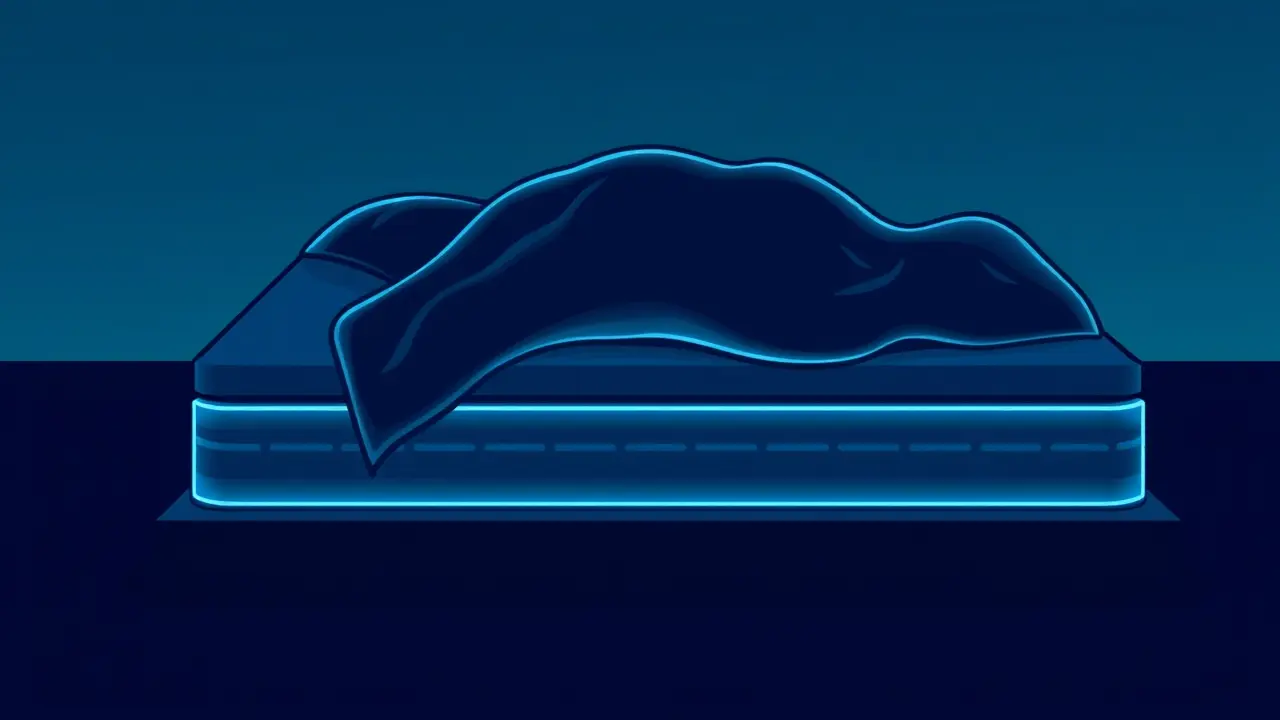
ScienceneuroscienceBrain Mapping
Breakthrough brain discovery reveals a natural way to relieve pain
KE
Kevin White
4 hours ago7 min read4 comments
In a stunning development that feels ripped from the pages of a near-future medical thriller, a team of neuroscientists has successfully mapped the brain's intricate, built-in pain control panel, a discovery that could fundamentally rewrite our approach to managing suffering. Using the formidable resolution of 7-Tesla functional MRI, a technology that allows us to peer into the brain's circuitry with unprecedented clarity, researchers have decoded how the brainstem—the ancient, reptilian core of our nervous system—orchestrates pain signals with a specificity we never fully appreciated.They found that the brain doesn't treat all pain as a monolithic alarm; instead, it operates like a sophisticated switchboard, with distinct, dedicated regions flaring to life for a slap to the face versus a stubbed toe. This isn't just a minor anatomical footnote; it's the revelation of a precision-targeting system hardwired into our own biology.The implications are monumental, pointing the way toward a new generation of hyper-targeted, non-opioid therapeutics that could leverage the body's own cannabinoid mechanisms—the endocannabinoid system—to dial down pain without the devastating risk of addiction and respiratory depression that has turned the opioid crisis into a global scourge. Imagine a future where chronic pain isn't managed with a sledgehammer like fentanyl, but with a scalpel-like treatment that speaks the specific language of facial neuralgia or limb neuropathy.This research, sitting at the thrilling convergence of neurobiology, biotechnology, and pharmacology, is a direct challenge to the blunt-instrument pharmaceuticals of the 20th century. It’s a paradigm shift akin to moving from broad-spectrum antibiotics to designer antivirals.We are now on the cusp of leveraging CRISPR-like precision not for editing genes, but for modulating neural pathways, potentially offering relief for millions suffering from conditions like trigeminal neuralgia or phantom limb pain, conditions where current treatments are often inadequate or dangerously addictive. The road from this breathtaking brain map to a commercially available treatment is, of course, paved with years of rigorous clinical trials and regulatory hurdles, but the vector is now clear. This isn't merely an incremental step; it's a foundational discovery that illuminates a path away from the pharmacological dark age of opioids and toward a future where pain relief is as precise and personalized as the genetic therapies now emerging for rare diseases.
#featured
#brain mapping
#pain relief
#brainstem
#cannabinoid mechanisms
#non-opioid treatments
#7-Tesla imaging
Stay Informed. Act Smarter.
Get weekly highlights, major headlines, and expert insights — then put your knowledge to work in our live prediction markets.
Related News
© 2025 Outpoll Service LTD. All rights reserved.












